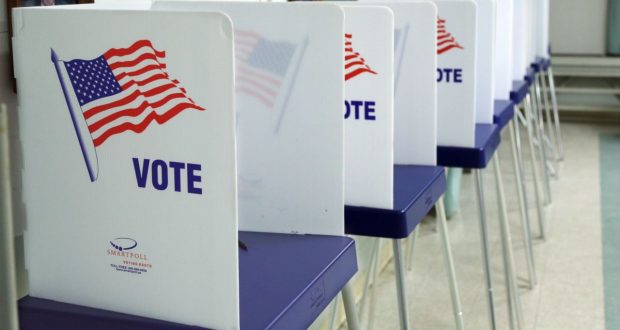By Bo Tefu, Joe W. Bowers Jr., and Lila Brown | California Black Media
A recent survey by the Berkeley Institute of Governmental Studies (IGS), commissioned by the Evelyn and Walter Haas, Jr. Fund, indicates that over three-quarters (78%) of California’s registered voters are highly likely to participate in the upcoming general election on November 5. However, the survey of 5,095 voters highlights significant disparities among different voter demographics.
White voters show the highest likelihood of voting at 89%, compared to 66% for Black voters, 70% for Latino voters, and 62% for Asian American voters. Age differences are also notable, with 89% of voters aged 65 or older likely to vote, compared to just 60% of those aged 18-29.
The primary motivation for voters is the Presidential election, with 70% citing it as their reason for voting. Other significant factors include supporting specific issues (66%), fulfilling civic duty (63%), and protecting democracy (60%).
For those less likely to vote, dissatisfaction with Presidential candidates is a major deterrent, cited by 40%. Additionally, 36% are discouraged by the influence of special interests and big money.
John Kim, President and CEO of Catalyst California, emphasizes the importance of understanding voter motivations to address these disparities. “Knowing what is motivating California voters to participate in elections, and to what degree, is key to understanding our democratic systems,” he said. “This state has made strides in recent years to make voting more accessible. Yet the racial disparities that persist are a call to action for advocates and state officials to work together to address continuing structural impediments.”
Christian Arana of the Latino Community Foundation points out that investments in voter education are essential for a well-informed electorate capable of influencing state policies.
Eric Schickler, IGS co-director, notes that while overall engagement is high, the significant gaps in voter interest across different demographics highlight the need for continued efforts to mobilize underrepresented groups. “The big gaps across racial and ethnic subgroups and age cohorts underscore that interest in this election is far from universal, and that dissatisfaction with the two major party candidates may be a substantial obstacle in mobilizing turnout to the level seen in 2020.”
 Westside Story Newspaper – Online The News of The Empire – Sharing the Quest for Excellence
Westside Story Newspaper – Online The News of The Empire – Sharing the Quest for Excellence





